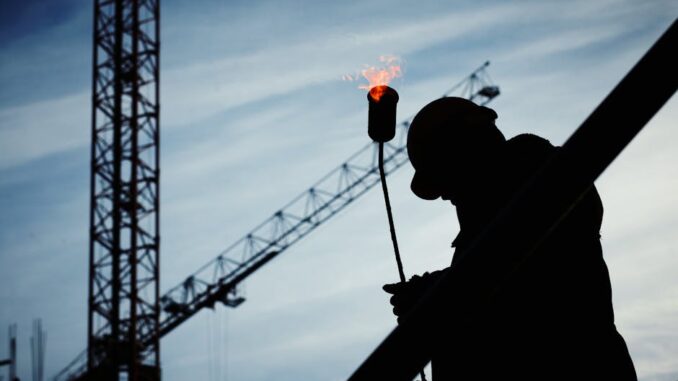
Summary
The UK government is aiming to accelerate infrastructure projects by reducing red tape, focusing on the Planning and Infrastructure Bill. This initiative seeks to streamline development, particularly for critical infrastructure, while upholding building safety standards established after the Grenfell Tower tragedy. Concerns remain about funding, local authority resources, workforce training, and potential deregulation risks.
Focus360 Energy: property compliance services – pre-planning to post-construction. Learn more.
Main Story
Okay, so, the UK construction scene is going through a real shake-up right now. You’ve got the government pushing hard to get infrastructure projects moving quickly, but, at the same time, they’re also trying to make sure everything is safe after the Grenfell tragedy – it’s a tough balancing act, isn’t it?
Basically, Chancellor Rachel Reeves is bringing in this Planning and Infrastructure Bill. The idea is to cut through all the red tape and speed up how projects get approved. Apparently, businesses are feeling the pinch with job losses and rising prices, so they are hoping this will inject some life back into the economy. But of course, this push for speed has some folks a bit worried about safety standards.
Now, Reeves insists that they’re not going to compromise on safety just to make things faster. They’ve learned a lot from Grenfell, and they’re serious about not letting that happen again. They brought in the Building Safety Act 2022, which is a whole new ballgame – stricter rules, more oversight, especially for high-rise buildings, and everyone involved being more accountable. You can see why there’s some tension, can’t you?
And that’s where the concerns come in, you know? Industry groups are raising some valid points. For instance, they’re asking questions about, if there is enough money for safety measures. Also there’s the issue of whether local councils can actually handle enforcing these new rules, and of course the industry needing to train up everyone to meet these new building codes. Frankly, it’s a lot to take on.
Moreover, you’ve got some critics who think this could open the door to cutting corners. I mean, it makes sense, right? If you focus too much on speed, safety might get overlooked. You can’t help but wonder if that’s a risk. No one wants a repeat of past mistakes. I remember reading about a project where they rushed through inspections, and the consequences were disastrous; I hope we’ve learned from this.
Furthermore, the G15 group, which represents London’s biggest housing associations, are trying to get social housing recognised as an essential part of the nation’s infrastructure. They see it as investing in the future, and not as an expensive drain. Which, I’d have to say, makes a lot of sense.
Plus, the government is also talking about building homes near train stations. This helps with the housing shortage and puts people closer to jobs. It’s a good idea, killing two birds with one stone, you could say.
So, it’s clear that everyone in the industry has to be pulling in the same direction. We all have to collaborate to make sure we’re building quickly, but safely, you know? Grenfell has to stay at the forefront of everyone’s minds and all changes need to be carefully considered. Ultimately, what we’re trying to do is create buildings that are both efficient and safe for everyone; that’s the goal, isn’t it?


So, streamlining projects while juggling post-Grenfell safety is like trying to assemble IKEA furniture blindfolded during an earthquake, isn’t it? Good luck to them!